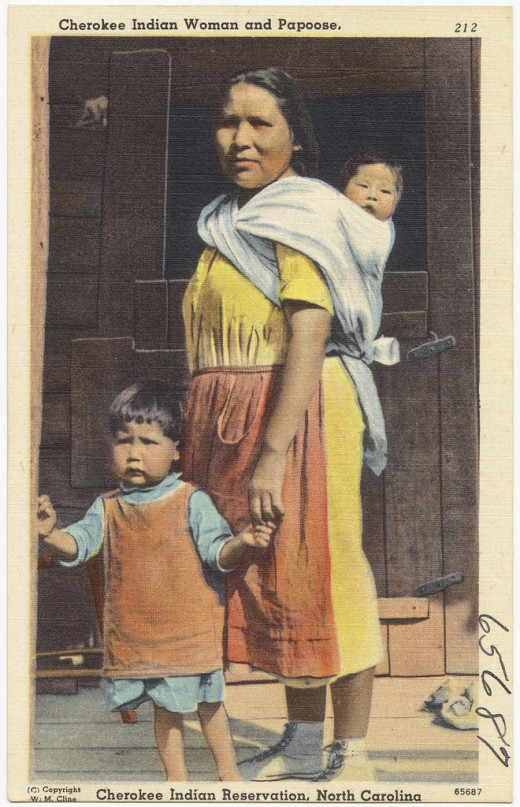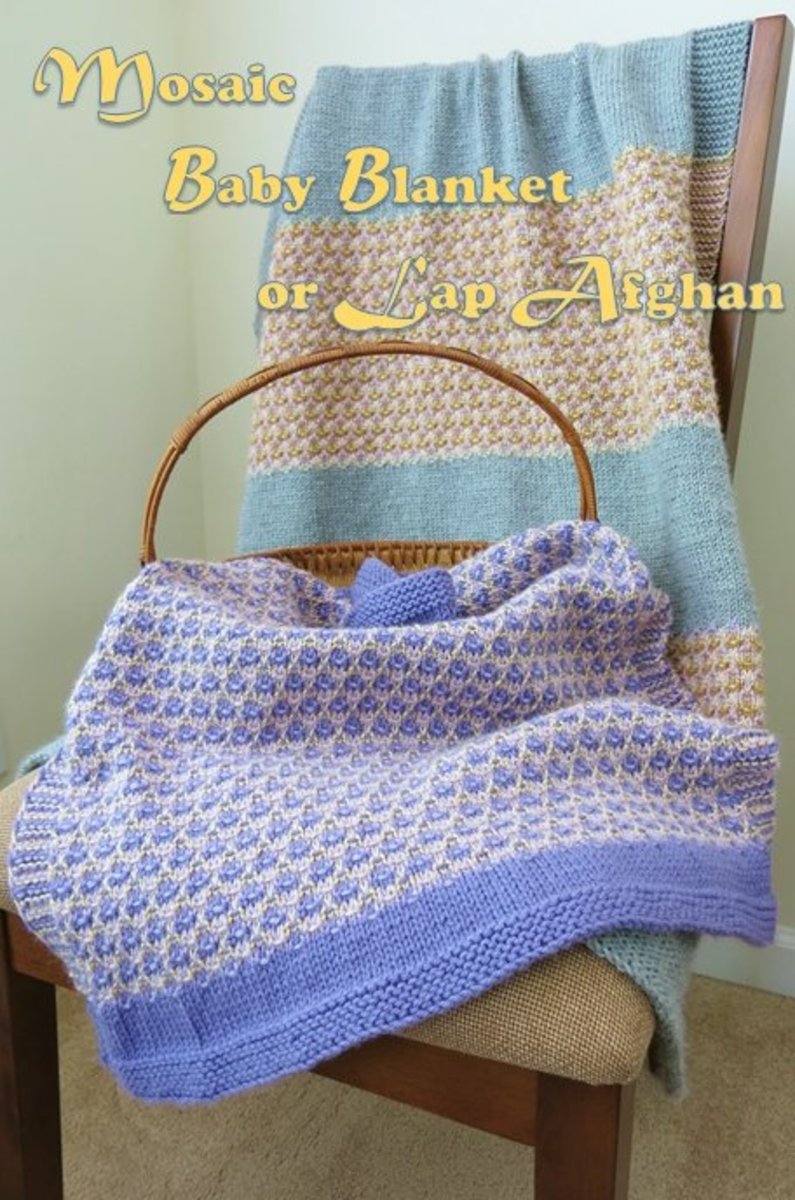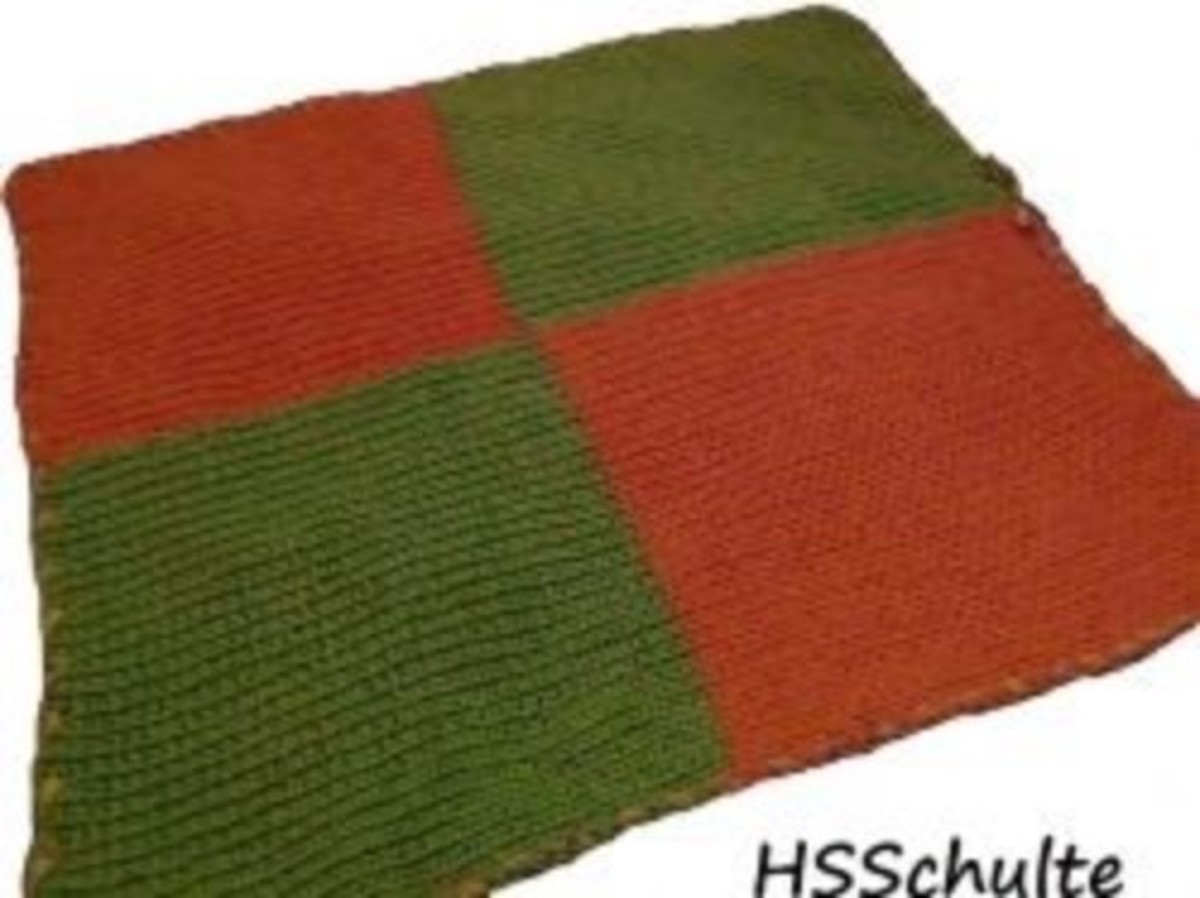Is Your Favorite Baseball Cap Made Out of a Baby Blanket?

When my first husband died of cancer, I spent some time grieving on the couch. My 2 year old did what he knew best to do. He went and brought me the "blanket" off of his bed. It was one of the kindest gestures I can ever recall.
We give a great deal of thought to fashion and style, but we rarely think about the simple comfort cloth brings to ourselves and others. As babies, we nestled under a baby blanket whether hand-knitted or store bought, and it was not uncommon that we became so affixed to it that we insisted it go with us everywhere. The babysitter’s bag includes the bottle, the binky, and the "blanket." Hence, the Charlie Brown cartoon where Pigpen carries his favorite dirty blanket around with him.
A short history of cloth reveals the mystery of that phenomena and in fact, explains why cloth is not just a textile, it is a part of who we are.
Cloth and Children
Cloth has long been an important feature in every maternal culture. In the 1600's, American boys and girls both wore gowns publicly. The reason: when toddlers were learning to walk, strips of fabric would be sewn into the gowns so that a parent or older child could hold onto them. It was encouraged that parents also wear "clothy" skirts so the toddler could reach out and grab his/her mother in order to absolve any fears of detachment. Obviously, that bestowed comfort to both parent and child. If still practiced today, it might prevent losing a child in the shopping mall, though it might be considered a tad unfashionable!
Japanese women still make modern use of the papoose, but Native American women made use of it out of necessity. While the men were away hunting, the women had to find creative ways to mind the children while they also cooked, harvested crops, and otherwise dealt with the harsh realities of living off of the land. Today the papoose is still used in many foreign cultures and less frequently seen in America where the baby carrier has taken it's place — there is simply no place for a papoose in an automobile. Despite the utility of the papoose, the comfort it brought to a child should not be ignored. A child was not left with a feeling of separation because a great deal of attention was paid to the type of cloth and design of a papoose.

A Short History of Fabric
It is not clear when the first fabric was invented, but it is clear that it consisted of fur, grass, leaves, animal skin, or other natural resources - not very comfortable! Once spinning or weaving became commonplace, whether by hand or machine, cloth became better known as fabric or textile. We have evolved from loin cloths and sandals, to denim and cotton flannel, but the element and convenience of comfort still goes underestimated.
Despite our preoccupation with fashion, we still very clearly associate various types of cloth with specific eras in history. Taffeta reminds us of weddings or grand balls. Polyester reminds us of the late 60's and early 70's - perhaps even Woodstock. Denim took the world by storm in 1873 and still remains an icon of Western culture. It is perhaps the most recognized and predominant 'comfort cloth'. Perhaps denim is the adult version of the baby blanket! It is a cloth that carries a significant and intangible connection to comfort much like the American male and his baseball cap. An array of other comfort clothes silently adorn society though we probably don't realize they are not always fashion items — shawls, hats, socks.
Items of clothing have broadly served history in function, survival, fashion, and art; however, they are rarely recognized for the emotional connectivity they bring those who wear them.
The Difference Between a Baby Blanket and a Baseball Cap
Growing up I still remember this image of my mother rubbing two corners of her dress or blouse together. In doing the family laundry, I would find that my mother had actually worn the fabric down so that the pattern was faded or missing. It was her nervous habit, but the cloth brought her comfort like a worry stone.
So next time you fuss at your toddler for wanting to drag along the baby blanket, make sure you aren’t simultaneously reaching for your favorite baseball cap!
We are creatures of comfort and we derive that comfort from cloth.








